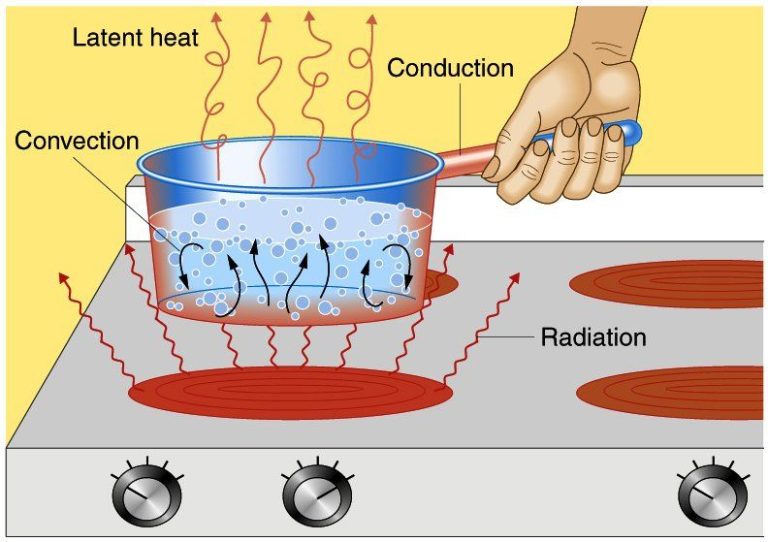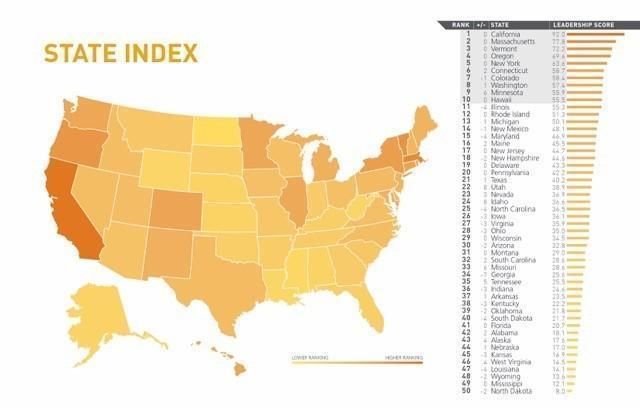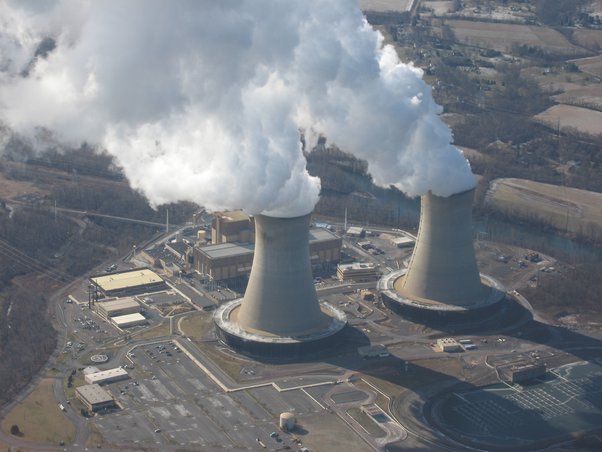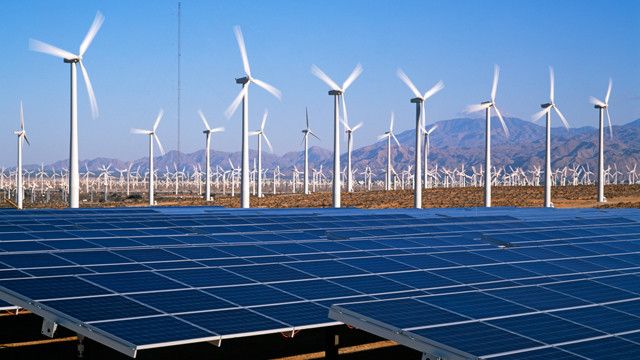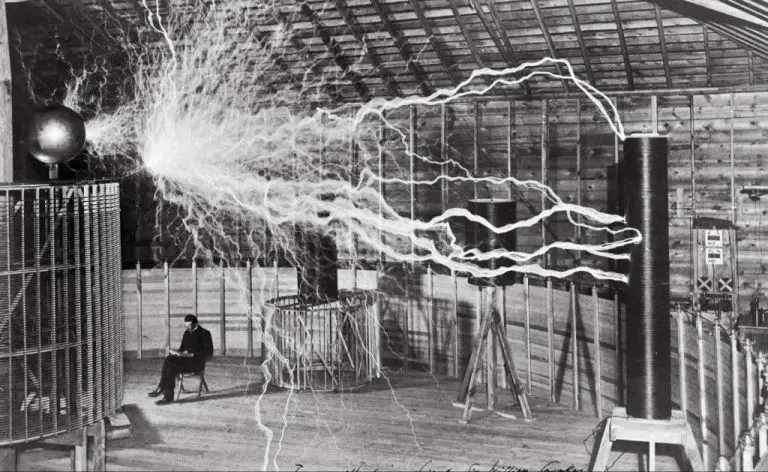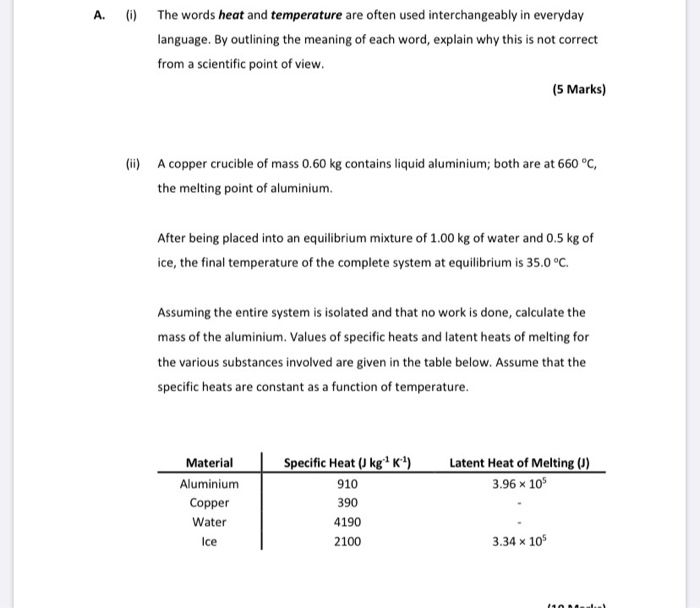Is Green Energy Good Or Bad For You?
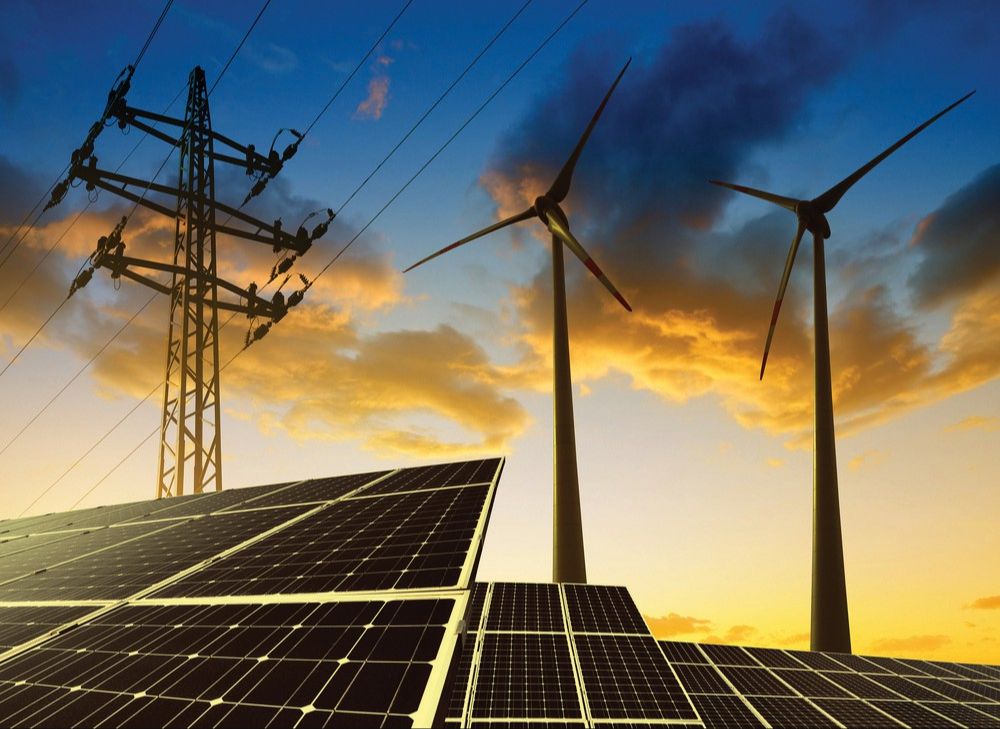
Green energy, also known as renewable or sustainable energy, refers to energy that comes from natural sources or processes that are constantly replenished. Some examples of green energy sources include solar, wind, geothermal, biomass, and hydropower. Green energy is becoming increasingly important today as we work to transition away from fossil fuels like coal, oil, and natural gas, which produce greenhouse gas emissions that contribute to climate change. Reliance on fossil fuels also raises concerns about energy independence and supply. In contrast, renewable energy sources are clean, sustainable, and domestically available in many countries. For these reasons, there is a growing focus globally on investing in green energy infrastructure and technology to power homes, businesses, and transportation systems. This content will provide an overview of the benefits and potential downsides of further adoption of green energy.
Benefits of Green Energy
Green energy, also known as renewable or sustainable energy, refers to energy that comes from natural sources or processes that are constantly replenished. There are many benefits to using green energy sources instead of fossil fuels like coal, oil, and natural gas.
Green energy sources are renewable, meaning they are naturally replenished over time. The five major types of renewable energy are wind, solar, hydropower, geothermal, and biomass (IGS, 2022). For example, wind and solar power are constantly replenished through natural processes, while fossil fuels take millions of years to form and exist in finite amounts. This makes green energy sources sustainable for long-term energy use.
In addition, green energy produces significantly lower greenhouse gas emissions compared to fossil fuels. Burning fossil fuels releases large amounts of carbon dioxide into the atmosphere, contributing to climate change. Renewable energy sources release little to no greenhouse gases. Widespread use of green energy can help reduce greenhouse gas emissions and mitigate climate change (Lumina Solar, 2022).
Furthermore, developing renewable energy provides energy independence and security. Many countries import fossil fuels, leaving them vulnerable to price spikes and supply disruptions. Local renewable energy sources allow countries to rely less on imported fuels. Green energy also diversifies the energy supply, increasing energy security (Santanna Energy, 2022).
Lower Greenhouse Gas Emissions
One of the biggest benefits of green energy is that it produces significantly lower greenhouse gas emissions compared to fossil fuel energy sources like coal and natural gas. Greenhouse gases like carbon dioxide and methane are major contributors to global climate change. According to a study by the European Research Studies Journal, green energy sources reduce emissions of harmful substances and improve the environment (source).
Renewable energy sources like solar, wind, and hydropower generate little to no greenhouse gases when producing electricity. In contrast, burning fossil fuels releases large amounts of carbon dioxide and other pollutants into the atmosphere. Widespread adoption of green energy would significantly reduce greenhouse gas emissions from the electricity sector.
By displacing fossil fuel energy production, green power helps mitigate climate change and reduce harmful air pollution that damages public health. Countries around the world are ramping up investments in renewable energy as part of their strategies to meet emissions reduction targets and transition to cleaner energy systems.
Energy Independence
One of the key benefits of green energy is reducing reliance on fossil fuels and promoting energy independence. Many countries currently import a large percentage of their energy from other nations. For example, the U.S. imports around 7.9 million barrels of petroleum per day according to the U.S. Energy Information Administration. Ramping up renewable energy production from sources like wind, solar, hydropower, and geothermal can allow countries to meet more of their own energy needs domestically rather than relying on imports.
This increased energy independence provides greater energy security and insulation from global energy price shocks. Events like wars, embargoes, or production cuts by foreign energy suppliers can disrupt the global energy market and sending prices soaring for import-dependent nations. Producing more renewable energy locally reduces vulnerability to these types of external events. Energy independence also ensures supply chains are not subject to cross-border disruptions that could threaten reliability.
In addition to supply security, localized green energy helps keep energy spending within domestic economies rather than sending those dollars overseas. The growth of renewable energy has already contributed to the U.S. becoming a net exporter of energy in 2019 for the first time in over 60 years according to the EIA. Boosting home-grown green energy sources even further enhances energy independence moving forward.
Job Creation
The growth of the green energy sector has led to the creation of many new jobs focused on renewable energy, energy efficiency, clean transportation and more. According to a 2022 NBER working paper, investments in wind and solar power created nearly 200,000 jobs from 2010-2019 in the construction, manufacturing and professional services industries[1]. Many of these are high quality jobs requiring technical skills and training, providing good wages and benefits. For example, solar photovoltaic installers had a median pay of $46,470 in 2021, considerably above the median wage across all occupations of $41,950[2]. The green economy provides opportunities for workers displaced from fossil fuel industries to transfer their skills into similar roles focused on renewables.
Lower Energy Prices
The cost of renewable energy has declined dramatically over the past decade, making it more affordable and competitive with conventional energy sources. According to a 2021 report by the International Renewable Energy Agency, the global weighted-average cost of electricity from new utility-scale solar PV projects fell by 85% between 2010 and 2020, while onshore wind costs fell by 56% over the same period.[1] This rapid decline is attributed to technology improvements, economies of scale, and competitive supply chains. As a result, renewables are increasingly displacing fossil fuels in electricity markets around the world.
In the United States, the average levelized cost of electricity (LCOE) from new solar and wind projects is now below that of new natural gas plants. The U.S. Energy Information Administration found the LCOE of new solar PV fell from $144/MWh in 2010 to $37/MWh in 2021, while wind declined from $97/MWh to $44/MWh over the same period.[2] These falling costs for renewables mean lower electricity prices for consumers. According to Lazard’s annual analysis, the unsubsidized LCOE from renewables is now among the cheapest sources of electricity generation available.[3]
The transition to lower cost renewable energy can yield significant savings for energy consumers. Various studies have estimated renewable energy could reduce retail electricity prices by up to 25% in the coming decades.[4] While fossil fuels may still dominate energy mixes today, the dramatically falling costs of renewables signal a shift towards a more affordable clean energy future.
[1] https://www.irena.org/publications/2021/Jun/Renewable-Power-Costs-in-2020
[2] https://www.eia.gov/outlooks/aeo/pdf/electricity_generation.pdf
[3] https://www.lazard.com/media/451445/grphx_lcoe-02-02.jpg
[4] https://www.lazard.com/perspective/levelized-cost-of-energy-and-levelized-cost-of-storage-2020/
Potential Downsides
While renewable energy provides many benefits, there are some potential downsides to consider as well. Two of the main concerns often raised are the high upfront costs and intermittent supply.
Implementing renewable energy on a large scale requires significant upfront investment. Building wind farms, solar fields, hydroelectric dams, and other green energy infrastructure can cost billions of dollars (Source). This can make the initial transition away from fossil fuels difficult, especially for developing nations. However, over time renewable energy prices have been falling dramatically as technology improves.
Another downside is that wind and solar provide intermittent supply. The sun doesn’t always shine and the wind doesn’t always blow when energy is needed most. This can potentially cause issues for electrical grid reliability and stability (Source). However, a variety of solutions exist to mitigate these problems, like combining multiple renewable sources, using smart grids, energy storage, and backup power.
Land Use Concerns
Large solar and wind farms require large areas of land to operate. For example, according to a presentation from the Rocky Mountain Land Use Institute, wind farms typically require around 50 acres per megawatt of installed capacity (Rosenberg, 2008). That means a 200 MW wind farm would need about 10,000 acres or over 15 square miles of land. Similarly, a proposed 280 MW solar farm in Arizona was estimated to require around 2,000 acres of land (Rose Law Group Reporter, 2021).
While renewable energy facilities enable clean electricity generation, their land requirements can raise concerns over land use impacts. Solar and wind farms may be developed on agricultural land or undeveloped areas, displacing existing land uses and habitats. Careful siting and land use planning is needed to balance renewable energy goals with protection of valuable lands. The large footprint of utility-scale renewable projects underscores the importance of also developing rooftop solar, offshore wind, and other innovative approaches to minimize land requirements.
Grid Reliability Challenges
One potential downside of increasing renewable energy sources is the impact on grid reliability. As more intermittent renewables like wind and solar are added to the grid, it creates challenges for balancing electricity supply and demand (Clean Power).
Integrating large amounts of renewable energy requires investments in grid infrastructure and improved grid flexibility. Upgrades are needed to transmit power from areas with the best renewable resources to population centers. New technologies like energy storage and advanced forecasting can help smooth out the variability of wind and solar generation (GE Digital).
With smart grid management, grid operators can balance renewables and maintain reliability. But it requires careful planning and coordination of grid operations as more renewables come online.
Conclusion
While the transition to green energy has many benefits like reducing greenhouse gas emissions and providing energy independence, there are also some potential downsides like impacts on land use and grid reliability that need to be considered. Overall, green energy shows great promise as renewable technologies continue to advance and costs decrease. The future is bright for sources like solar and wind to grow and provide a larger share of our energy mix. With thoughtful planning and strategic deployment, green energy can offer an affordable and sustainable path forward in the coming years.

